Why I am not cut out for government
1. To me, one of the biggest issues that Congress could step into would be how states and cities compete against each other, giving hundreds of millions of dollars in incentives and giveaways for "economic development" projects. Sports stadiums and arenas are one area, but there are many other types of examples.
Instead of say, having Congressional hearings on that topic, a Congressman has entered legislation to require that MD and VA charge DC resident hunters the in-state fee rate. See "Equal access for D.C.? " from the Washington Times.
2. One of my many flaws is that I am not a cheerleader, and it's hard for me to not be truthful about things that are very self evident. One would be the quality of the DC retail environment in comparison to other cities (sorry w but you have to compare). Granted I know that DC has a relatively small population, but Federal Hill in Baltimore is small too, but it still has a thriving independent retail culture.
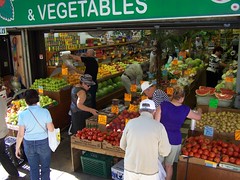
Grocery store, Brighton Beach Avenue, Brooklyn.
Post-riots DC lost a lot of its independent retail and it is only now coming back, barely. And most of the city's retail attraction policies are focused on chain retail, which by definition isn't uniquely distinct.
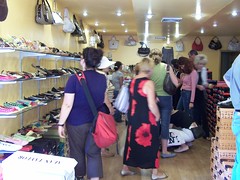
Shoe store, Grocery, Brighton Beach Avenue, Brooklyn.
At a committee meeting last night, we had a great discussion about how to set a vision that builds quality for your commercial district, one that attracts like-minded merchants, and customers.
One of the committee members says she does most of her shopping at boutiques in Brooklyn (her best friend lives there and knows all the great places), although she really likes Lettie Gooch in the Shaw commercial district on 9th Street NW. As she was describing what the store does, from using the outside for merchandising, to offering tea and candies, to how every element, from retail price tags and shopping bags are coordinated with the interior design and logo, I stopped her and said "that's what I mean by complete identity systems."
Brighton Beach Avenue in Brooklyn is more vital, even though it is mostly convenience good shopping, than most "shopping" streets in DC. 7th Street NW is an exception, so is Georgetown, so is Dupont Circle.
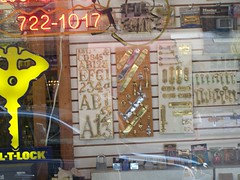
Locksmith store on Lexington Avenue, Manhattan.
But I would never say that "The District of Columbia, the nation's capital, should lay claim for being the No. 1 place for retail." See "Windows to shopping" from the Washington Times, to determine who said this...
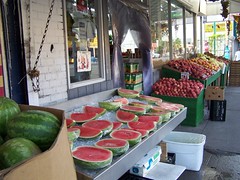
A mere neighborhood grocery on Coney Island Avenue, Brooklyn.
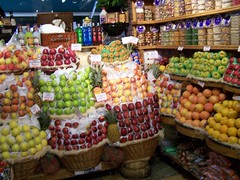
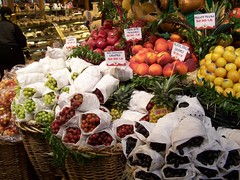
Interior of Edens Grocery, Downtown Brooklyn.
A similar sized city to DC, with far fewer visitors, Portland, Oregon, has a far more vibrant independent retail culture.
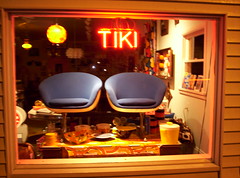
Tiki window, Hawthorne Avenue SE, Portland. This store window changes every week. (I have another photo somewhere of this 7 days later.)

This corner library in the Nob Hill commercial district has better "store" windows than many retail businesses in DC.
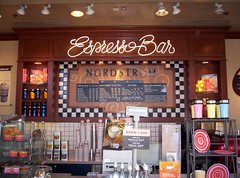
Nordstroms sells coffee from a walk up window next to Pioneer Courthouse Square...
Labels: commercial district revitalization, retail



0 Comments:
Post a Comment
<< Home